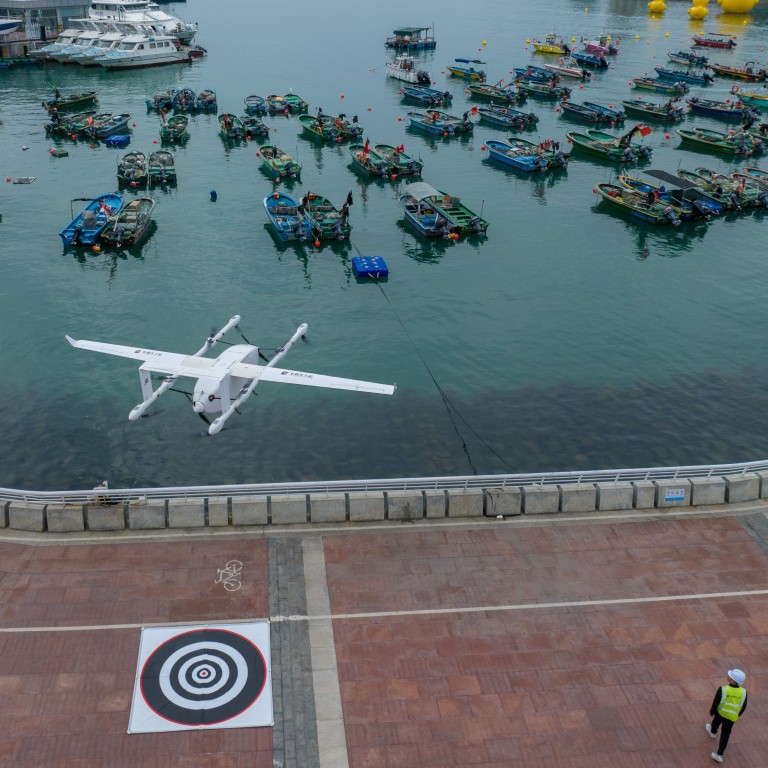
Flying taxis in Hong Kong? How to kick-start our ‘low-altitude economy’
- With nearby Shenzhen leading the way with drones and regulation, Hong Kong must seize the chances offered by this new economic driver for itself, the Greater Bay Area and regionally
- We can start with a regulatory ‘sandbox’, identify trial zones such as in the Northern Metropolis, and begin talent training
This month, new regulations came into effect in Shenzhen to promote its low-altitude economy, a first in the country. Its enthusiasm prompted Professor Harry Shum, council chairman at the Hong Kong University of Science and Technology Council, to envision 100,000 drones in the skies of Shenzhen soon.
Hong Kong’s urban density and high-rises are both a boon and a bane. The urban density makes it suitable for low-altitude commuting but the many high-rises raise concerns about passenger safety. There are also privacy concerns for both passengers and residents.
But this urban density, combined with Hong Kong’s rich and diverse natural environment, such as hills, seas and streams, also make it suitable for low-altitude tours and could open up whole new opportunities in tourism.
Should Hong Kong successfully embrace the low-altitude economy, it would acquire a new economic driver, create jobs and even save on delivery costs. Its experiences in the new economy could also help it identify business opportunities on the mainland and elsewhere around the world, allowing Hong Kong to export more services and in turn boost its economy.
As a starting point, Hong Kong could set up a regulatory “sandbox” to allow low-altitude businesses and their technological partners to conduct trials in a controlled environment before they are officially launched. The Civil Aviation Department could also explore the measures required to regulate them.
How China is making its dream of flying cars, drones and sky cities come true
Shenzhen has introduced 126 low-altitude routes and built 89 drone take-off and landing points in Longhua, Bao’an, Nanshan and Yantian. Hong Kong must work on identifying spots to build its own take-off and landing platforms, such as in the Northern Metropolis, as soon as possible.
During this period, the Hong Kong government can introduce pilot projects and approach regulators in the region for discussions to seek common ground and ensure individual needs and concerns are respected. It could propose that regulators give innovators the appropriate flexibility, and that individual regulatory bodies could opt in and out of certain projects.
Japan reaches for the sky as plans to develop air taxi infrastructure take off
Further to policy and infrastructure, talent training is another key to success. The low-altitude ecosystem requires a wide range of upstream research and development (such as in processing platforms, software, raw materials, chips and sensors), the manufacturing and integration of midstream components (including for flight control, navigation systems, and communication and sensing systems) as well as downstream applications and services (covering both industrial and commercial applications and maintenance and training services).
Hong Kong’s universities must review their technical programmes, strengthen talent training and help to activate the start-up ecosystem to embrace the new opportunities.
If Hong Kong’s government can think outside the box, it can lead the city out into a brave new world.
Dr Winnie Tang is an adjunct professor at the University of Hong Kong, and founder and honorary president of the Smart City Consortium



